Some plants just weren’t meant for apartment life—no matter what the label says. You buy them. You water them. You whisper sweet nothings. And they still drop leaves like it’s their full-time job. Don’t let your windowsill become a graveyard for moody greenery. These 19 plants might thrive in glossy Instagram photos, but in real apartments with real lighting, they throw tantrums. Save your money, your time, and your sanity. Skip the drama queens and stick with plants that actually want to live with you. No grow lights. No magic misting rituals. Just green goodness that survives—and even thrives—without making you beg.
Fiddle Leaf Fig

The Fiddle Leaf Fig is a stunning plant that seems to be on every interior decorator’s wish list. However, this beauty demands conditions that are rarely found in apartments.
With its need for bright, indirect light, it often ends up in dim corners, leading to sad, drooping leaves. The lack of humidity adds to its struggle, making it a high-maintenance choice for most apartment dwellers.
If you’re still tempted to own one, be prepared for a challenge! Its popularity might lure you in, but sustaining its health is no simple feat in tight, dim spaces.
Boston Fern

Charming and lush, the Boston Fern can fill a room with greenery, yet it demands conditions often lacking in apartments.
This plant needs a high level of humidity, which the average apartment just can’t provide. Brown fronds are a common sight, with low humidity and irregular watering schedules contributing to its demise.
For those who dream of verdant ferns, investing in a quality humidifier might be a necessity. Otherwise, the Boston Fern will remain a green dream rather than a reality in apartment living.
Gardenia
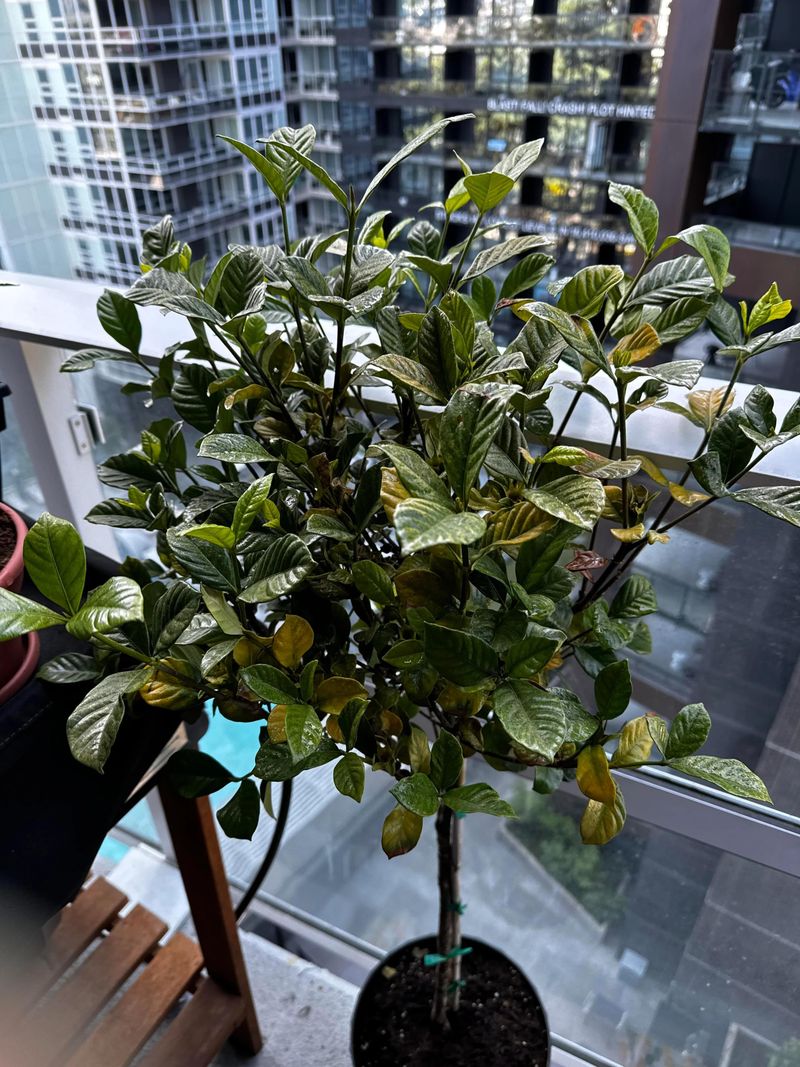
Gardenias are known for their beautiful blooms and intoxicating scent, but they’re also infamous for being divas in the plant world.
Apartments often lack the bright light and steady temperatures that Gardenias need, leading to disappointing blooms or none at all. The challenge is further compounded by their need for proper air circulation.
In an apartment, they may become more of a source of frustration than joy. If you have your heart set on Gardenias, prepare for a battle to meet their demanding requirements.
Maidenhair Fern
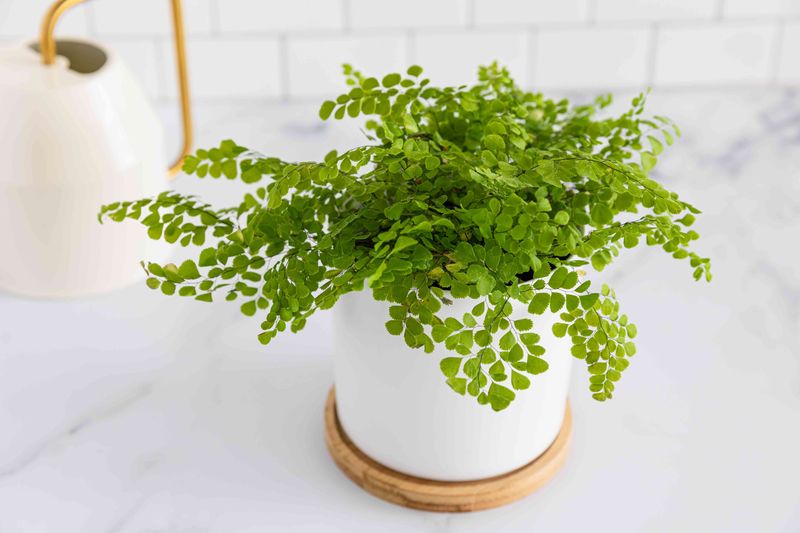
The ethereal Maidenhair Fern enchants with its delicate fronds, yet its beauty is often short-lived in apartments.
This fern is exceptionally sensitive to changes in humidity and light. Apartments, with their dry air and fluctuating temperatures, can spell doom for these fragile plants.
Even with meticulous care, the Maidenhair Fern often struggles to survive. Aptly named for its delicate nature, it’s a plant that requires attention and perfect conditions, making it a challenging choice for most apartment gardens.
English Ivy
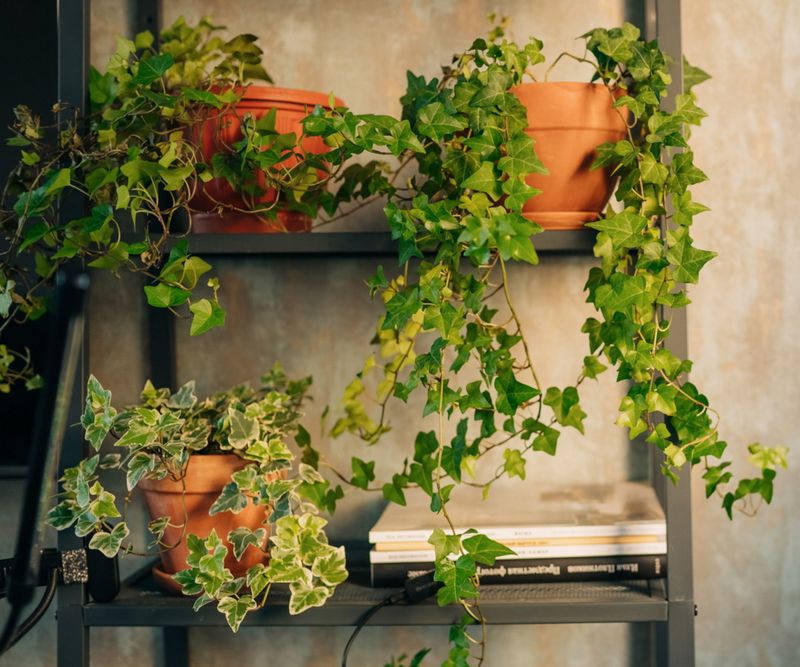
English Ivy is a classic choice for its elegant trailing vines, but apartments pose numerous challenges for this plant.
It craves bright light and high humidity, yet often finds itself in dim, dry spaces. The stress of inadequate light and moisture can lead to browning leaves and stunted growth.
While tempting for its aesthetic appeal, English Ivy requires conditions that apartments frequently lack. If you’re determined to grow it, commitment to providing proper care, including lighting and humidity, is essential.
Orchid
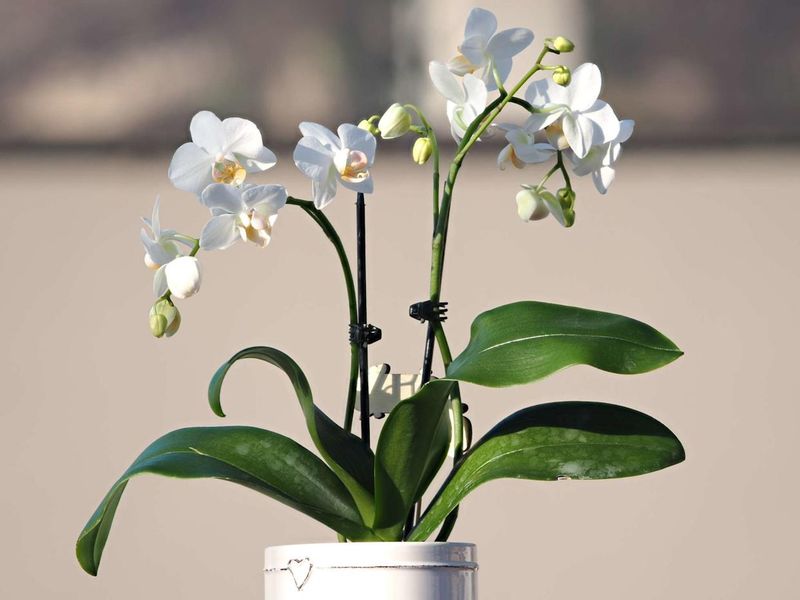
Orchids captivate with their elegant blooms, yet they pose a real challenge to apartment dwellers. These plants require a precise balance of light, temperature, and humidity—elements often missing in apartment settings.
Fluctuating temperatures and inadequate lighting lead to unhappy Orchids. Often placed on windowsills lacking adequate light, their blooms quickly fade.
For apartment gardeners dreaming of Orchids, the struggle to mimic their ideal conditions can be an uphill battle. Investing in grow lights and maintaining consistent care can help, but success is never guaranteed.
Calathea
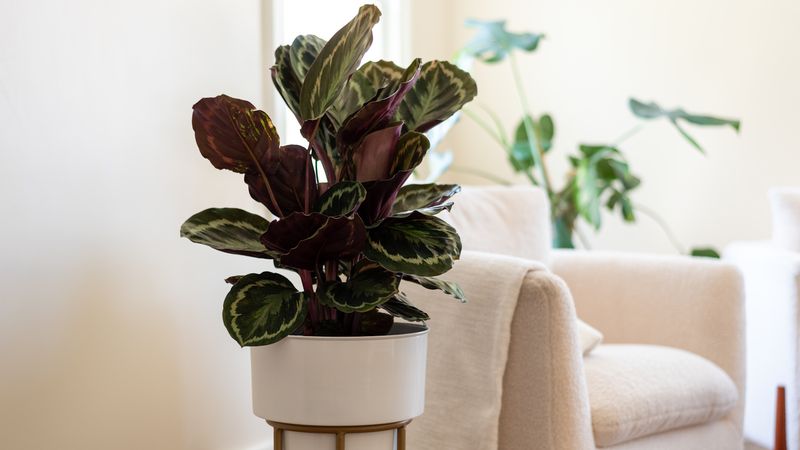
Calathea plants are admired for their striking leaf patterns, but they can be quite finicky in apartments.
These plants require high humidity and consistent, indirect light to thrive, yet apartments often fail to provide such conditions. Without these, their leaves may curl and brown, leading to a sad-looking plant.
If you’ve fallen for the appeal of a Calathea, readiness to maintain the ideal environment and closely monitor their care is vital. Otherwise, this plant’s beauty can quickly fade away in the confines of an apartment.
Jasmine
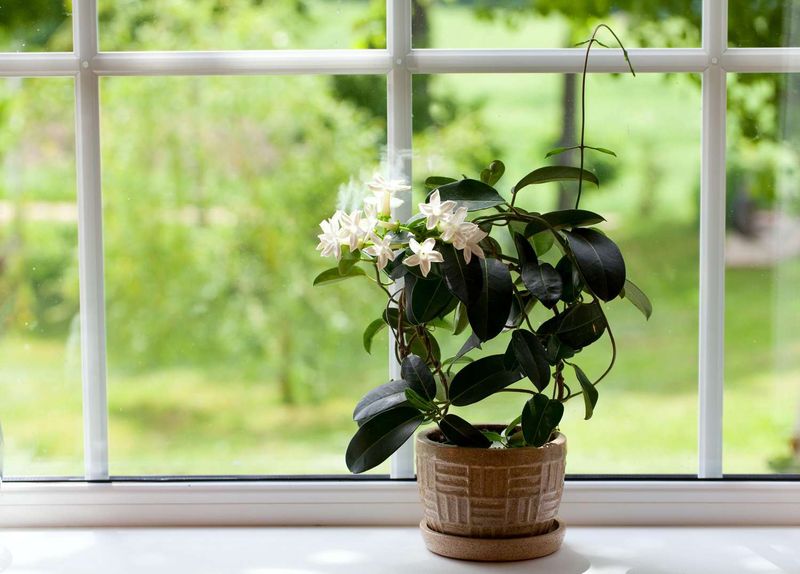
Jasmine’s fragrant blooms conjure thoughts of romance, but the reality of growing this plant in an apartment can be far less enchanting.
It demands bright light and cooler temperatures during its blooming phase, conditions not easily found indoors. Often, apartments lack the light intensity Jasmine needs.
Without sufficient light, flowers may not bloom, and leaves may wither. For those dreaming of a Jasmine-scented home, the effort to recreate its preferred environment may outweigh the rewards, making it best admired from afar.
Bonsai
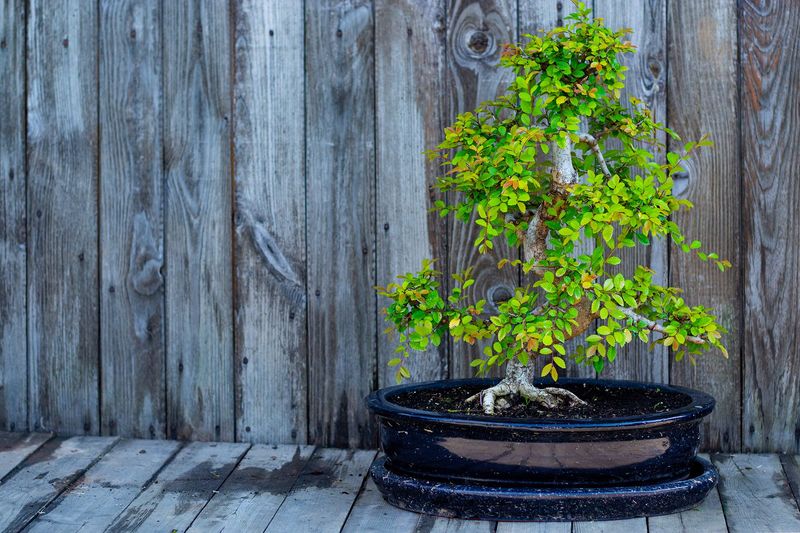
Bonsai trees represent patience and artistry, but apartment living can test the patience of even the most dedicated bonsai caretaker.
They require careful attention to light, humidity, and watering schedules. Unfortunately, the typical apartment environment often lacks the natural light needed to keep these miniature trees thriving.
Without precise care, a Bonsai may languish, losing leaves and vitality. For those charmed by their intricate beauty, understanding the dedication required is key. Otherwise, these little trees may remain an unrewarding challenge in apartment life.
African Violet
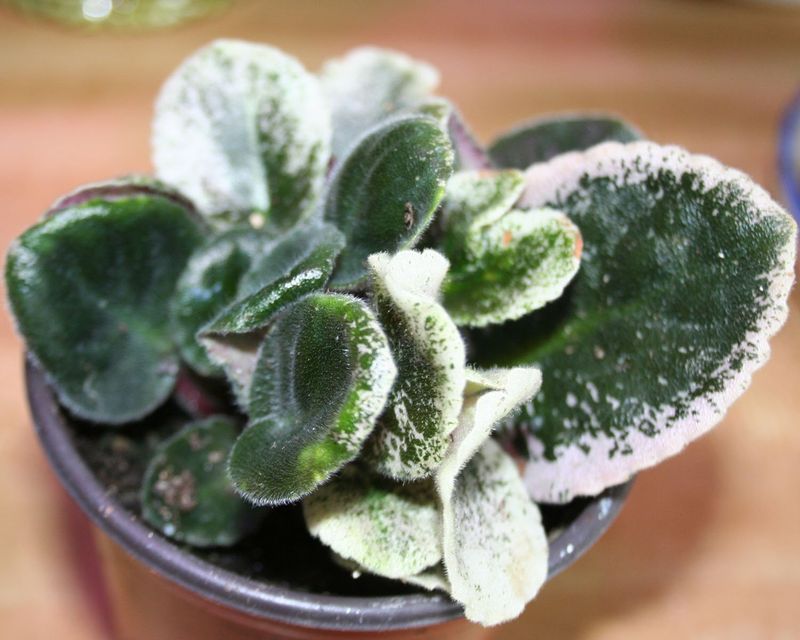
African Violets are beloved for their colorful blossoms, yet they can be surprisingly difficult to keep in apartments.
They require specific conditions, including bright but not direct light, and careful watering. Often, apartments provide less than ideal lighting, leading to drooping blooms and foliage.
Maintaining the delicate balance needed for these plants may prove frustrating. For those who adore African Violets, investing in suitable grow lights and maintaining consistent care is crucial. Without these, the vibrant blooms may remain a fleeting glimpse of beauty.
Peperomia

Peperomia plants are known for their varied leaf shapes and easygoing nature, yet even these forgiving plants can struggle in apartments.
They prefer bright, indirect light, a condition not always available in apartment settings. Without it, leaves can become leggy and less vibrant.
Although not as fussy as some other plants, Peperomia still requires attention to lighting and watering. For those seeking a low-maintenance plant, ensuring that even these modest needs are met can be a challenge in the limited space and lighting of an apartment.
Spider Plant
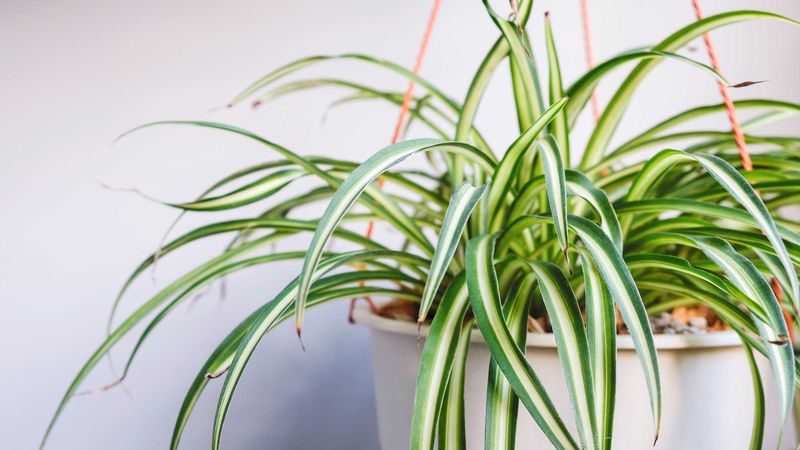
Spider Plants are often heralded as easy to care for, yet even these resilient plants can falter in apartments.
Low light and inconsistent watering are common culprits, leading to browning tips and less vigorous growth. While they can tolerate neglect, prolonged poor conditions can take a toll.
In an apartment setting, careful positioning and attention to watering schedules can help maintain their health. However, the promise of an indestructible plant may not hold true without some effort to mimic their ideal environment.
Cactus
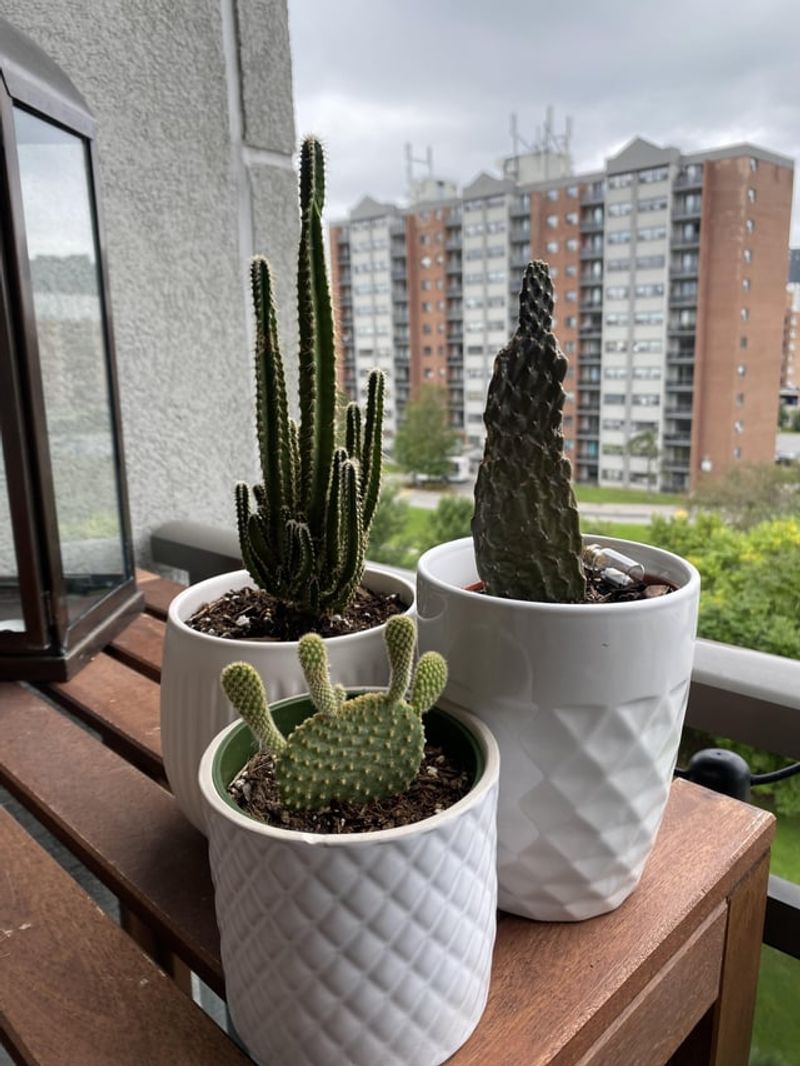
Cacti are synonymous with desert resilience, yet they often struggle in apartments where sunlight is scarce.
They crave bright, direct light, a feature often missing in most apartments. Without it, cacti can become etiolated, with thinning and pale growth.
For those wishing to harness the charm of these desert dwellers, positioning them in the brightest spot available is crucial. Even then, matching their natural environment remains a challenge, making them a potentially frustrating choice for apartment gardening.
Succulent
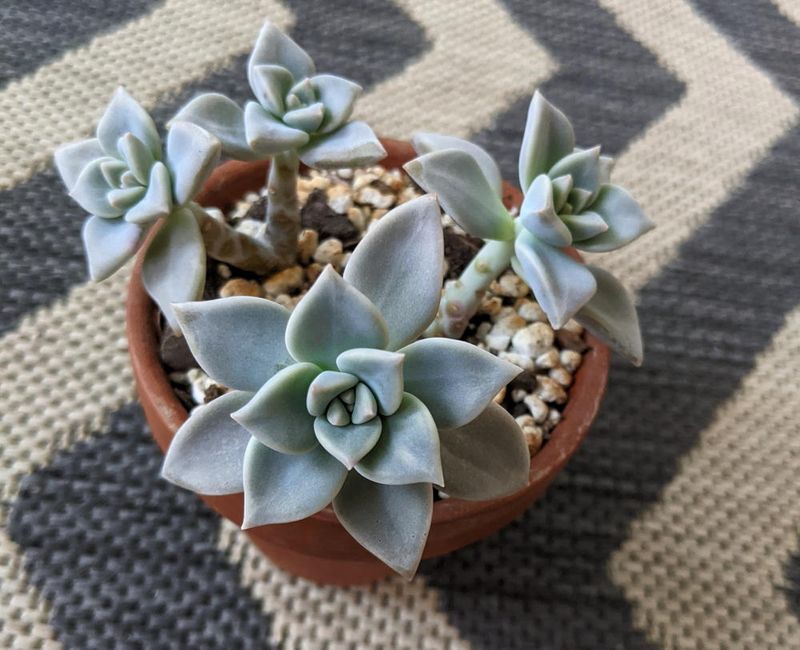
Succulents are trendy and admired for their unique forms, yet they can be surprisingly difficult to keep vibrant in apartments.
Without ample sunlight, they often become leggy, losing their compact charm. Finding enough light in an apartment can be a trying task, leaving these plants struggling.
For those drawn to succulents’ easy-care reputation, understanding their lighting needs is paramount. Placement in the sunniest possible spot is essential to keep them thriving, yet achieving the right conditions can remain elusive for many apartment dwellers.
Rubber Plant
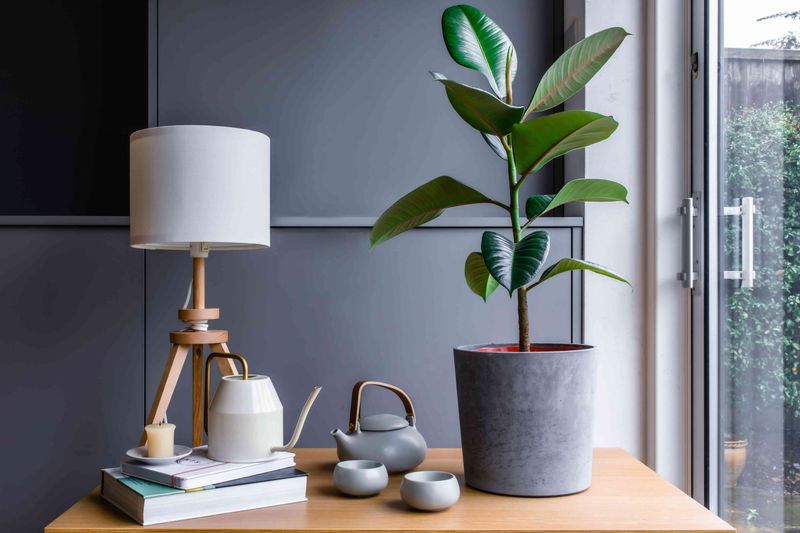
Rubber Plants are known for their bold foliage, but they demand specific conditions that apartments often lack.
Without adequate lighting, their leaves can sag and lose their gloss. While they can adapt to lower light, prolonged dim conditions lead to less vigorous growth.
For those captivated by their architectural appeal, attention to placement and lighting is essential. Ensuring they receive enough indirect light can help maintain their beauty, yet the challenges of apartment living may still pose significant hurdles to their success.
Begonia

Begonias dazzle with their colorful blooms and unique foliage, yet their care can be a stumbling block in apartments.
They thrive in bright, indirect light and need careful watering. Apartments, often lacking consistent lighting, can lead to faded blooms and unhappy plants.
For those enamored with their charm, investing in suitable lighting solutions and maintaining a strict watering routine is vital. Though they promise beauty, the struggle to meet their needs may lead to disappointment in apartment settings.
Philodendron
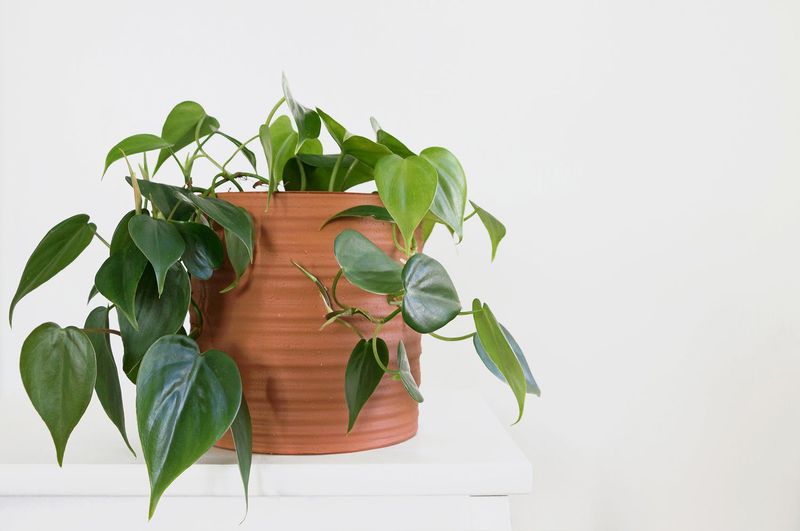
Philodendrons are a favorite among houseplant enthusiasts, but they require certain conditions to thrive.
They prefer bright, indirect light, and inadequate lighting can lead to yellowing leaves. Apartments often fail to provide this, resulting in less vigorous growth.
Though known for their adaptability, ensuring proper lighting and care is key to maintaining them. For those who love their lush appeal, recognizing the need for suitable conditions can make or break their success in apartment living.
Peace Lily
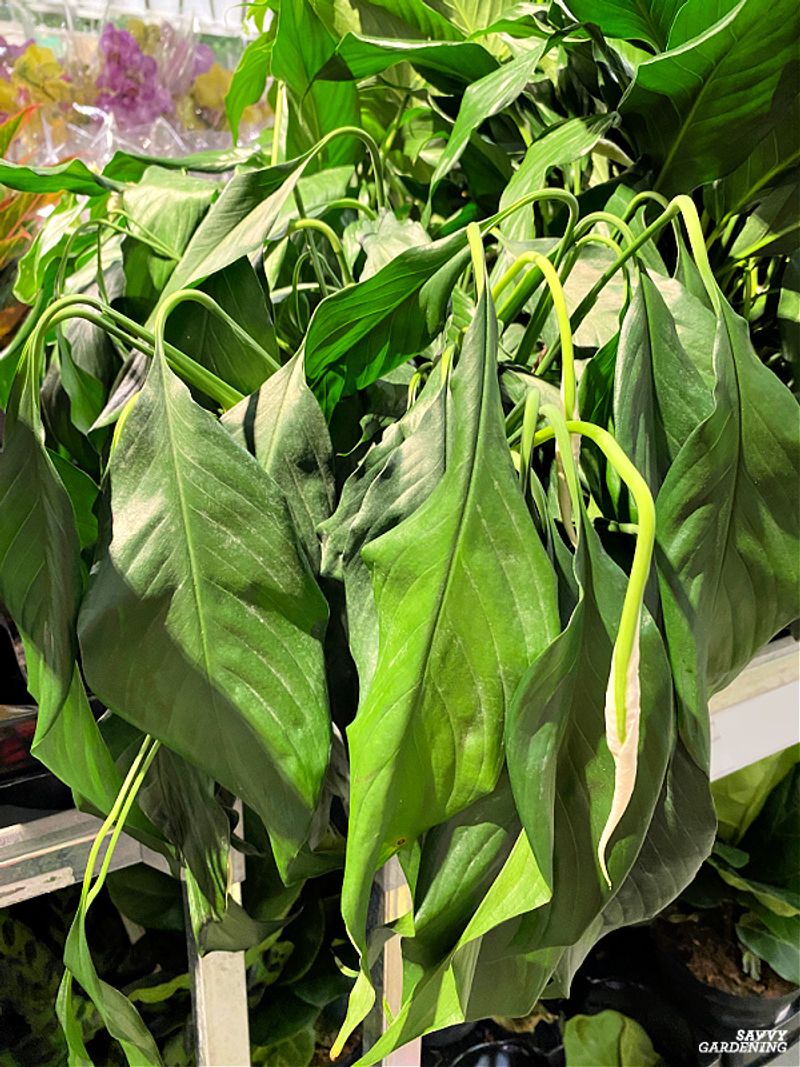
Peace Lilies are often chosen for their air-purifying qualities, yet they demand more care than their reputation suggests.
They require consistent lighting and watering, and apartments frequently lack the necessary conditions. Drooping leaves are a common issue, indicating poor health.
For those attracted to their serene beauty, understanding the need for proper care is crucial. Although they can adapt to various conditions, maintaining optimal health in an apartment setting can be a challenge, often leading to a less than peaceful plant.
Lady Slipper Orchid
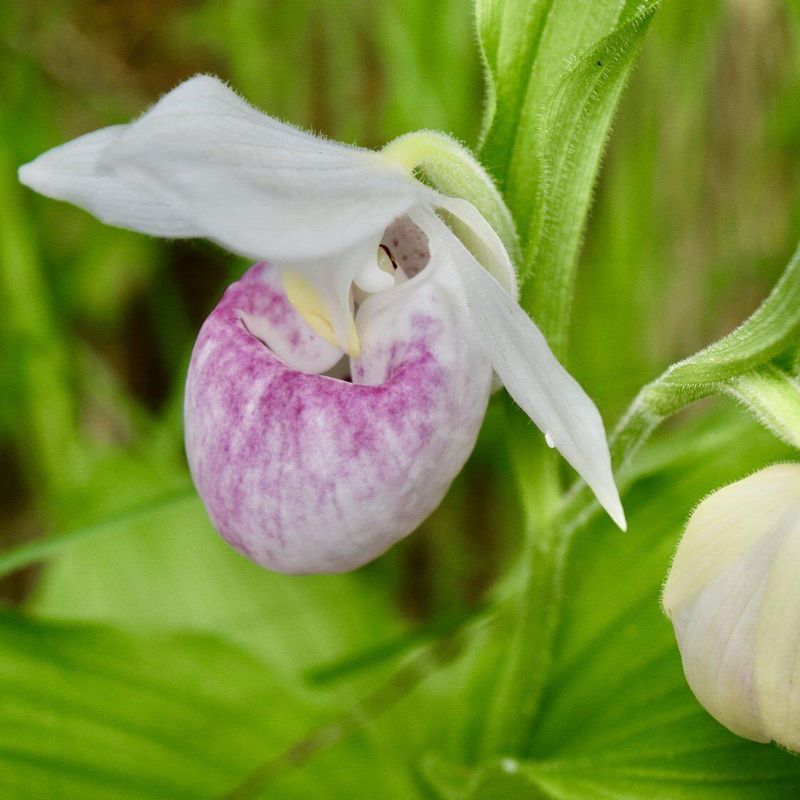
The Lady Slipper Orchid, with its unique and charming pouch-like petal, promises allure yet often falters indoors. Its native subtropical habitat demands humidity and specific light conditions, a challenge in many apartments. This sensitive beauty requires meticulous attention, needing consistent moisture without overwatering.
In low-light apartments, it struggles to photosynthesize efficiently, leading to wilted leaves and stunted growth. Its finicky nature and susceptibility to root rot make it a heartbreaking choice for indoor plant enthusiasts.
Did you know? The Lady Slipper’s pollination process is a marvel, involving intricate interactions with specific insect species, adding to its captivating mystique.

